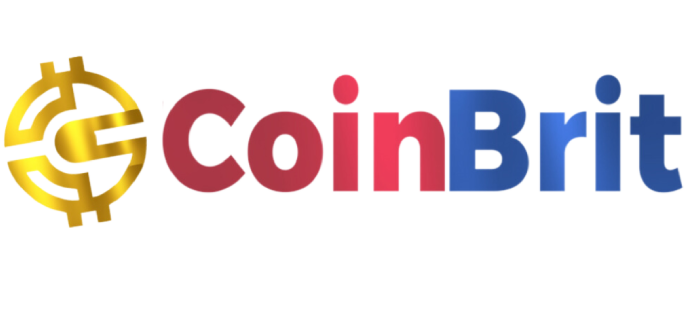
Bitcoin (BTC) witnessed a price correction at the beginning of this month, yet many addresses holding the leading cryptocurrency continue to stay positive. However, the patience of short-term holders seems to be waning as BTC surpasses the $42,000 support level.
The Profit-Taking Process in BTC
According to analyst James Van Straten, the total profit or loss of all traded cryptocurrencies could indicate a long-term profit-taking phase in Bitcoin. Moreover, such a trend has not been seen in the last five years. The only comparable event was the 2021 bull run, which lasted from September 2020 to February 2021, spanning 155 days.
Therefore, there was a growing expectation that the profit-taking trend around $40,000 in Bitcoin might be nearing its end. A prolonged rise, increased selling pressure, and concerns about a potential downtrend in the market could also increase. As more investors prefer to realize their profits in a stagnant or declining price market, continuous sales could contribute to downward pressure on Bitcoin’s valuation.
This scenario could lead to a loss of confidence among investors, resulting in reduced market participation and potentially hindering price recovery. A long-term profit-taking period could also be an indicator of market fatigue or skepticism about Bitcoin’s short-term prospects.

The Price Trend in BTC
If the mentioned trend continues, it could prevent newcomers from entering the market, and existing investors may prefer to stay on the sidelines, waiting for clearer signs of an uptrend. In the last few days, the number of short positions opened against BTC increased from 48% to 51.52%. However, if BTC’s price takes a positive turn, it could worsen the situation for investors.
Recent data could indicate that if BTC manages to surpass the $44,000 threshold, $1.21 billion worth of short positions could be liquidated. Such a significant liquidation could trigger a short squeeze, which in turn could push BTC’s price higher, inflicting more damage on the bears. At the time of writing, BTC’s price has seen a 1.27% decrease over the last 24 hours, trading at $41,084.39.

















